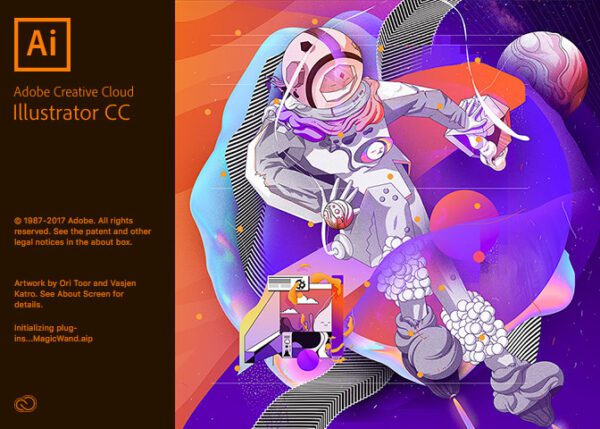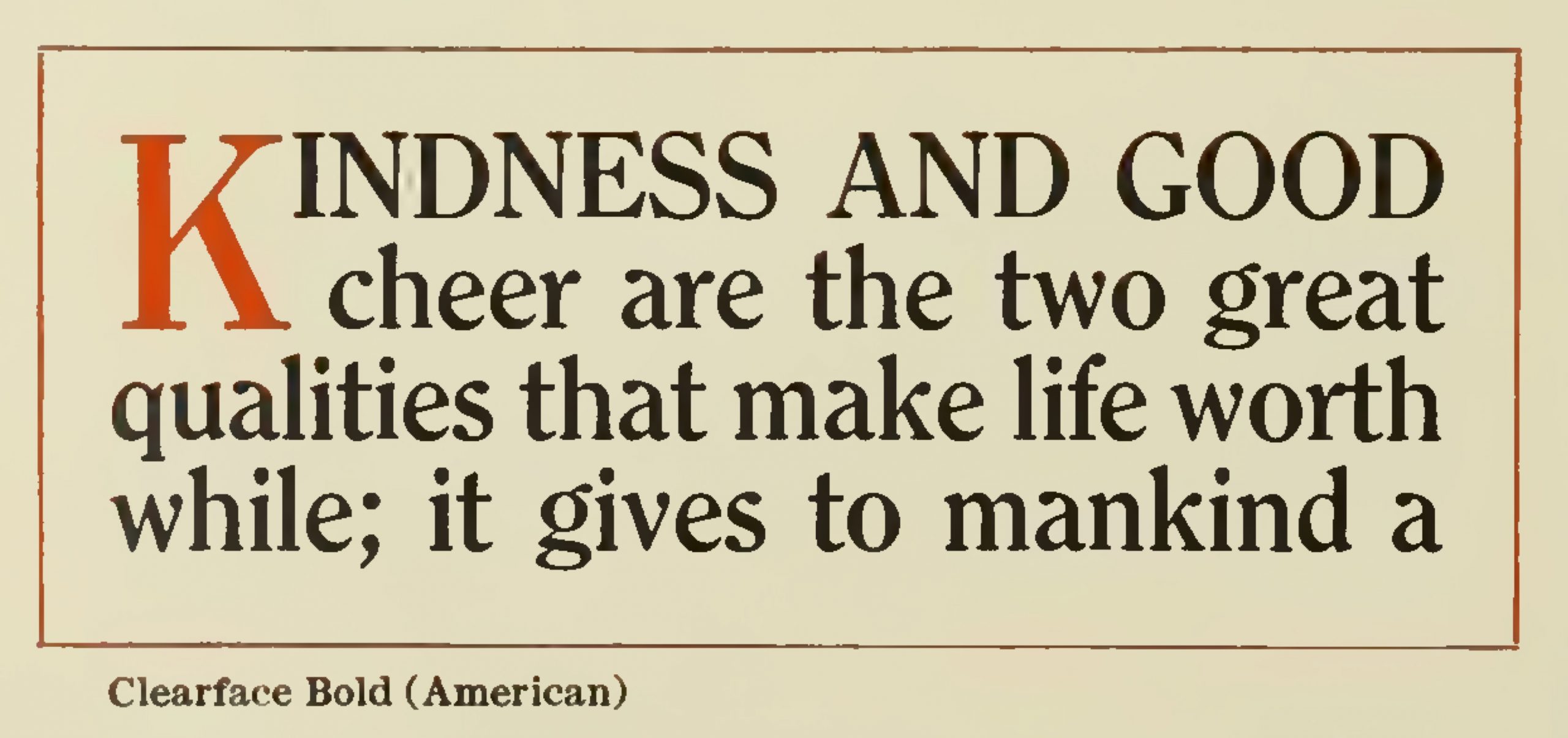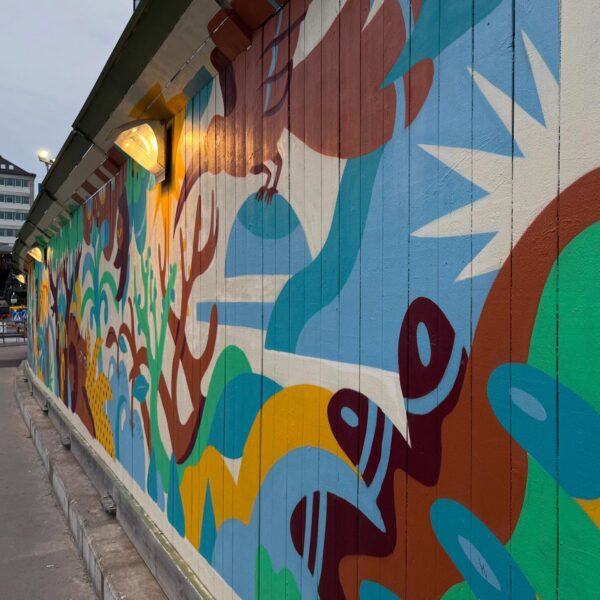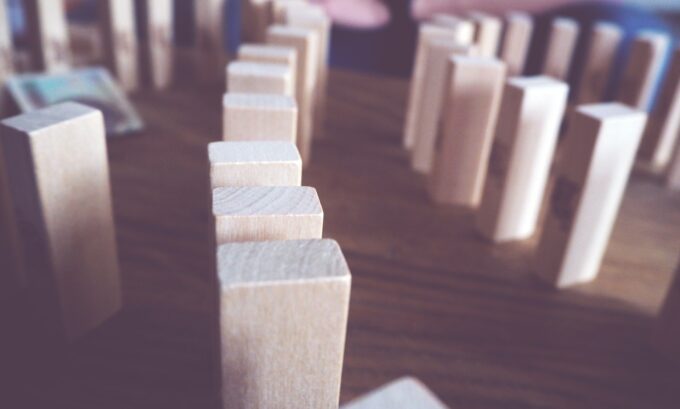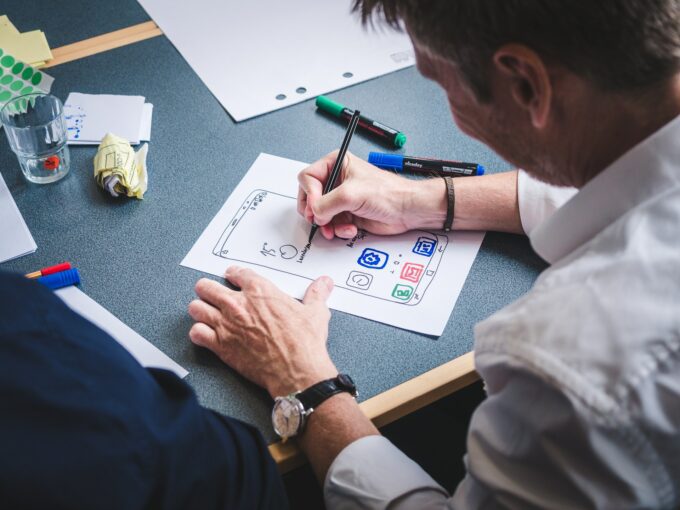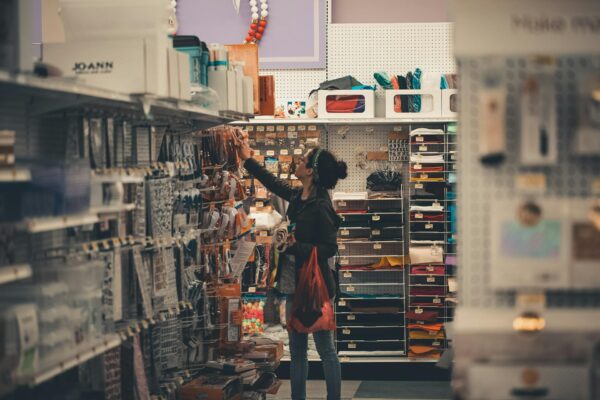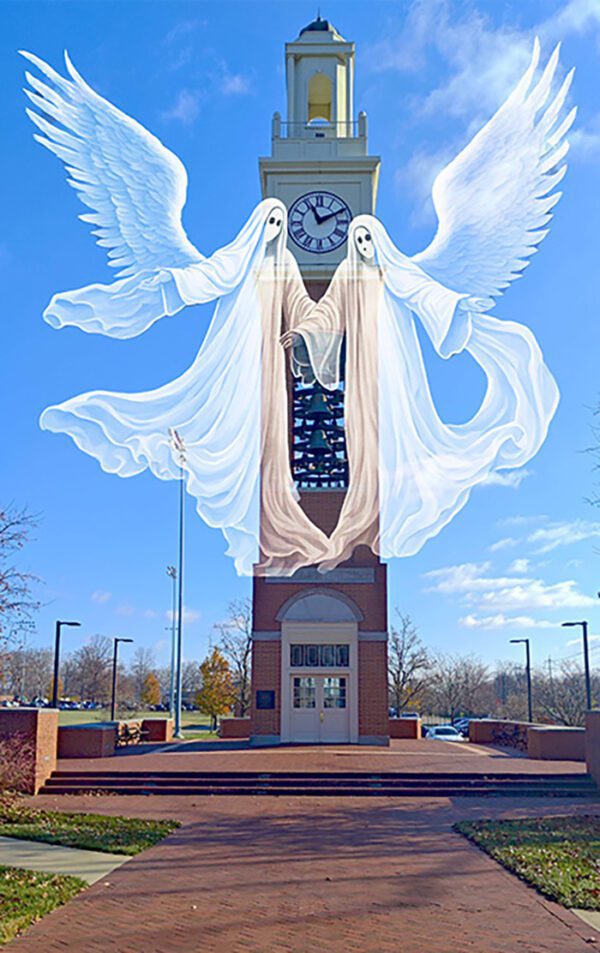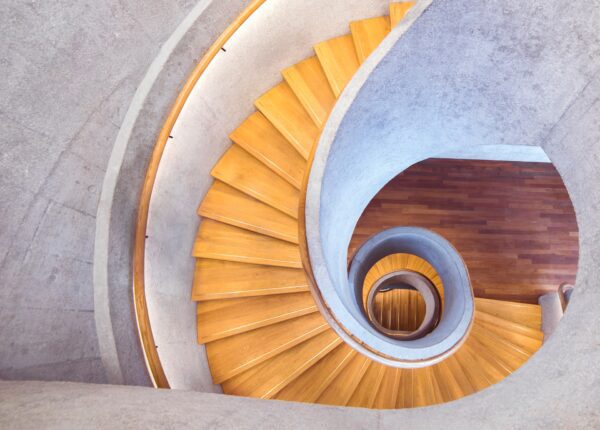
Design Workbench
Design Workbench is a website network that demystifies how products, services, and systems create memorable experiences. When designers prioritize usability and delight in the things we create, we demonstrate care and concern for people who use these things.
On the Workbench
Learn
Design Knowledge, Skills, and Thinking
Observed
Design in the Wild
Field Tools
Tools for Understanding
Experiences
Encounter Experience Design Firsthand
What if the future was just in our grasp?
This is the content.
Experiences
Observed
Design in action.
Spotting Experience Design in the wild via Instagram. Check out these posts for insights and commmentary.
Learn
Pages that cover experience design knowledge, thinking, and skills from human behavior and ressearch to style and software.
Field Tools
Cool field tools.
Featured Projects
Design Workbench Project Websites
Project websites showcase work by transdisciplinary teams exploring ways design research and co-creation can shape experiences.
Dennis Cheatham
Design isn't about design. It's about a person's experience.
Learning Lab
Innovations in teaching and learning result when educators meld an iterative design process into creating teaching and learning experiences. On this site, learn about in-process projects and discoveries as they develop.
Horizon Points
This site explores teaching generative AI use and its effects on peoples’ experiences. As these technologies permeate every corner of society, knowing how to use them and their consequences is paramount for creators, their partners, and associated stakeholders.
Experience Design Projects
Project work in experience design.
Living Values
What if planning for the end of life was the start of living freely?
Pages!
The description

